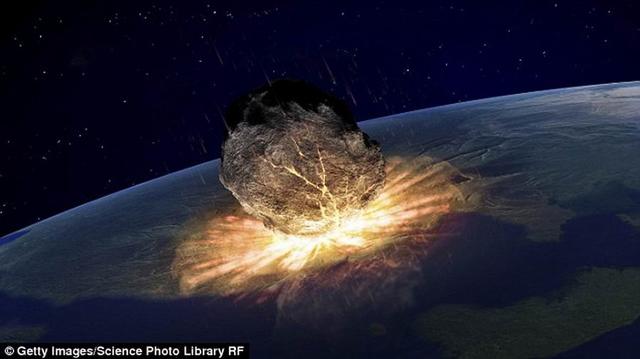At the library in Manson they are delighted to show you a collection of newspaper articles and a box of core samples from a 1991-92 drilling program——indeed, they positively bustle to produce them—but you have to ask to see them. Nothing permanent is on display, and nowhere in the town is there any historical marker.

Four of them, alas, didn't move quite fast enough and were killed. Every June now Manson has a weeklong event called Crater Days, which was dreamed up as a way of helping people forget that unhappy anniversary. It doesn't really have anything to do with the crater. Nobody's figured out a way to capitalize on an impact site that isn't visible.











